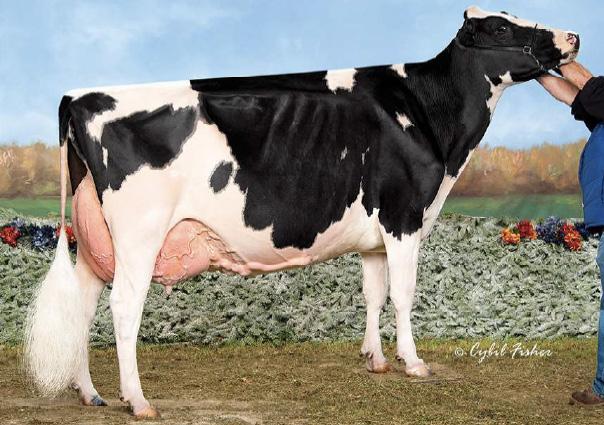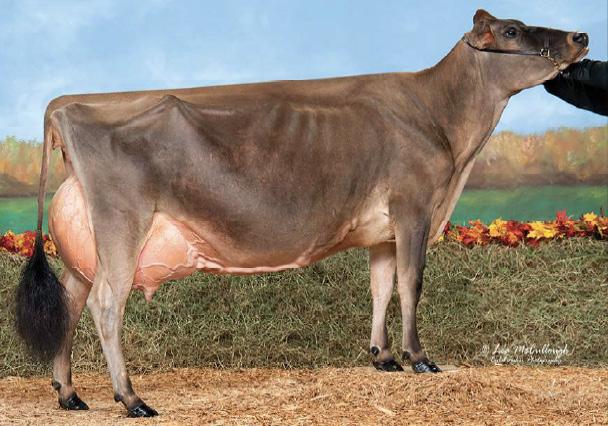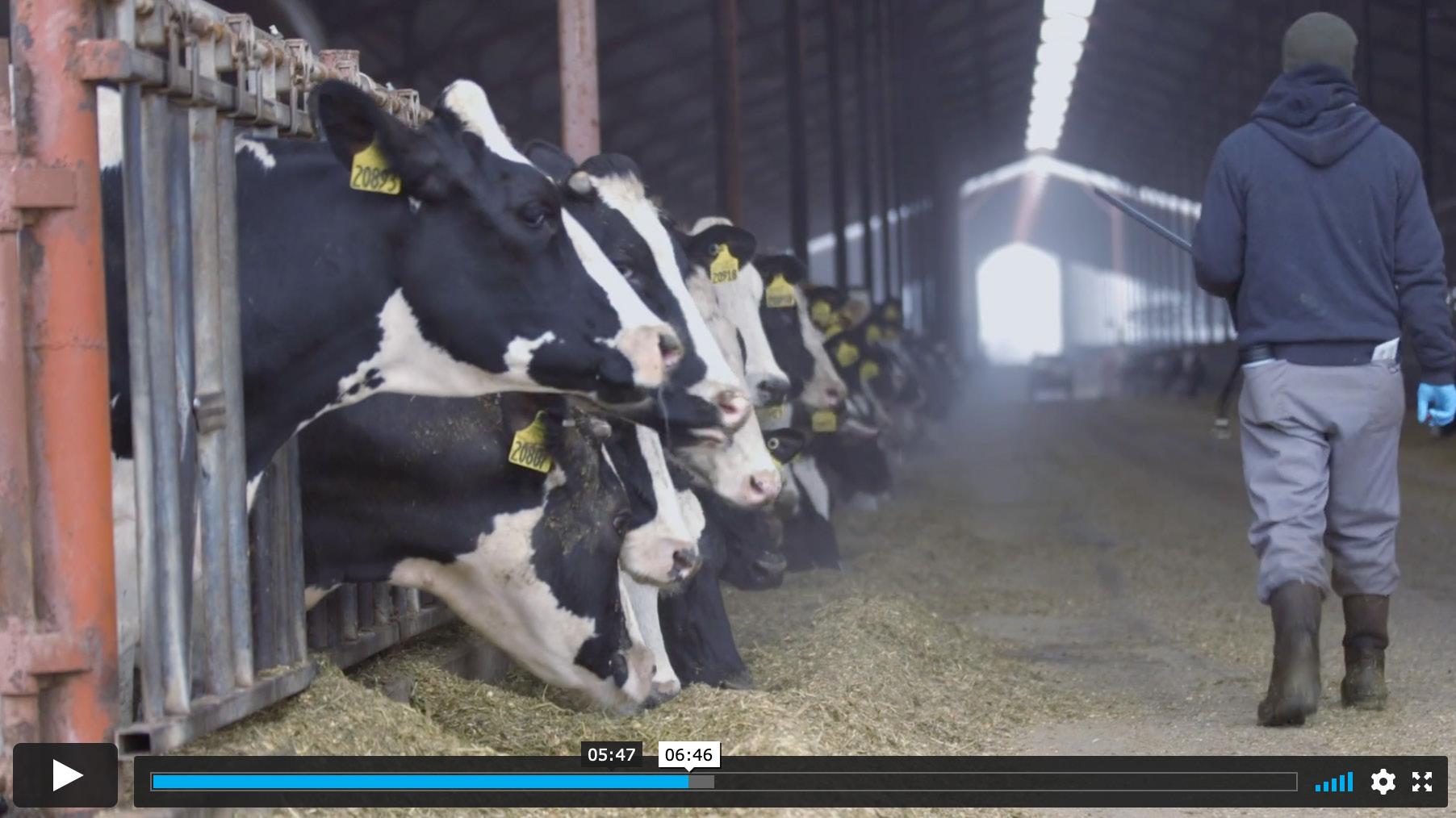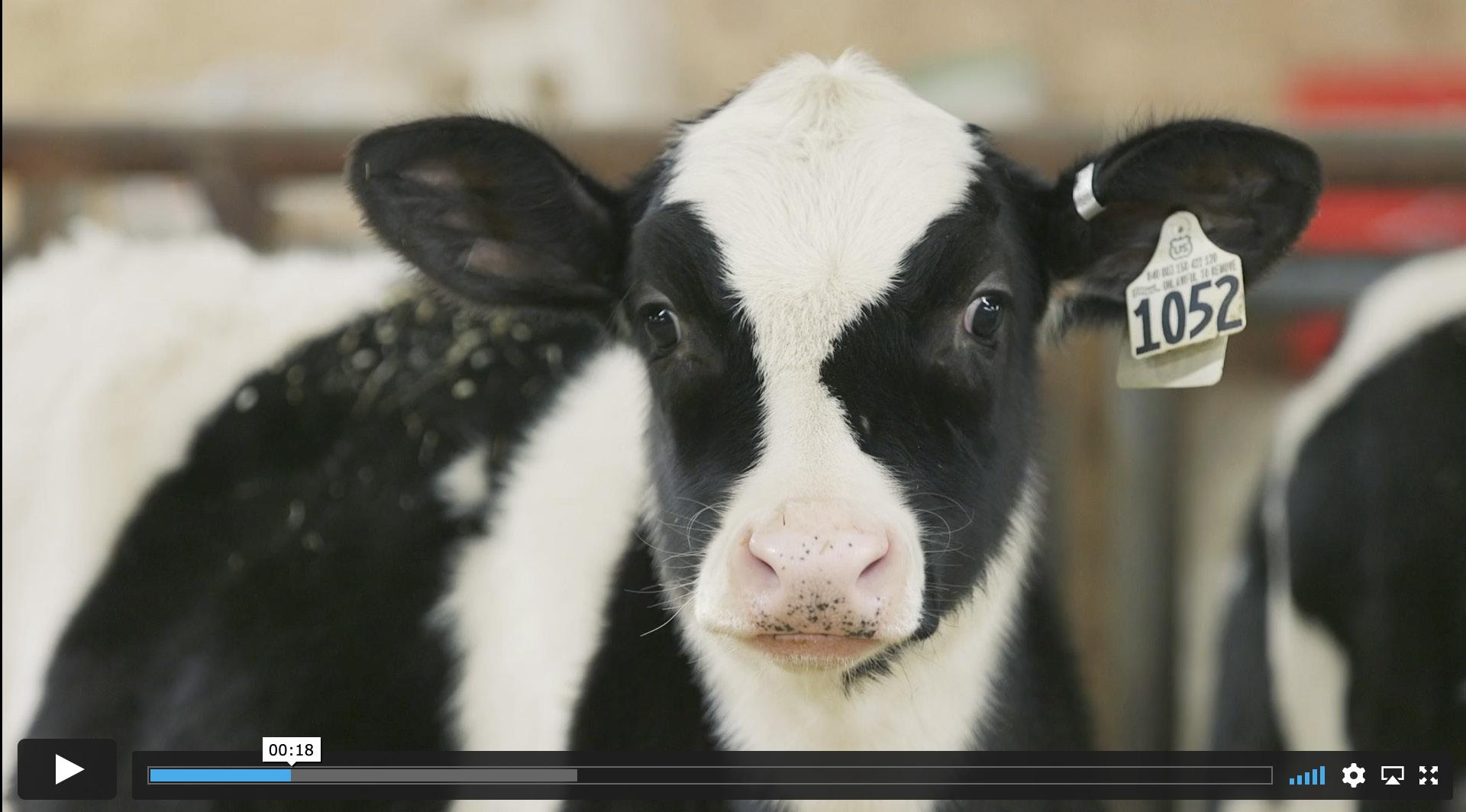
3 minute read
Dairy Cattle
CHAPTER 1, SECTION 3
DAIRY CATTLE
The United States has long been recognized as the world leader in dairy genetics — backed by years of successful performance from generations of cattle that have been bred for good health and high milk production and quality.
Producers benefit from the offspring of sires distributed across many herds, environments, and management types – in the U.S. and abroad. Producers also benefit from a selection focus on total economic merit: production, type, health and longevity.
INDUSTRY TRENDS
U.S. dairy farms are largely family owned and managed, and present in all 50 states. Major dairy states in the Northeast and Midwest are known for smallerscale dairy farms, while Western dairy states typically offer larger commercial farms.
According to the Economic Research Service (ERS), the dairy industry has seen a consistent decline in the number of operations, but a rise in the number of cows per operation (ERS, 2020). In 2017, the U.S. had 54,599 farms with milk cows; 2,000 farms had herds of at least 1,000 milk cows (USDA Census of Agriculture, 2017).
Meanwhile, genetic developments and technological improvements have led to substantial increases in milk output per cow. Output has risen 70% since 1980, exceeding 99 billion total kilograms per year in 2019. See Fig. 1. (ERS, 2020).
High-performing dairy genetics from the U.S. offer proven performance, functional type and profitability – all backed by solid data.
U.S. DAIRY CATTLE FACTS
The United States has the second-largest dairy population in the world (9.1 million cows).
Average milk production is 9,682 kg per cow per year, significantly higher than in other countries.
U.S. dairy cattle perform in all climates: from extreme humidity and heat to extreme cold.
The U.S. dairy industry is the most experienced and advanced in the world when measuring and tracking animal performance.
Independent organizations and specialized agencies, with no commercial interest, are responsible for calculating U.S. genetic evaluations.
U.S. milk production per 3x cow has tripled in the past half-century as a result of improved genetics and management; genetics accounted for 55 percent of the improvement since the 1980s.
Eighty to 90 percent of the herds in leading dairying nations can trace their lineage to U.S. genetics.
References: USLGE.org
DAIRY CATTLE BREED MEMBERS OF USLGE
Each breed offers unique characteristics, and each breed association offers vast resources for breed information and genetic evaluation. The following are members of U.S. Livestock Genetics Export, Inc. (USLGE).

AYRSHIRE BROWN SWISS
Ayrshire cattle are medium-framed dairy cattle with red and white color patterns. They reach up to 544 kg at maturity. Ayrshires are highly adaptable, efficient grazers with excellent udders and typically problem-free feet and legs. 8,697 kg milk; 3.96% fat; 3.16% protein.
www.usayrshire.com

Brown Swiss cattle are among the oldest dairy breeds in the world. Brown Swiss are largeframed and very adaptable with a high level of milk production. Brown Swiss cattle can vary in color, from light silver to very dark grey or brown. 10,226 kg milk; 4.09% fat; 3.35% protein.
www.brownswissusa.com

HOLSTEIN
The Holstein breed is the most common of the U.S. dairy breeds and is known for her blackand-white or red-and-white color patterns and high milk production. Holsteins are large-framed and numerous; 90 percent of U.S. dairy cows are Holsteins. 12,457 kg milk; 3.86% fat; 3.11% protein.
www.holsteinusa.com

JERSEY
Jersey cattle have the smallest frame-size of the dairy breeds, with color ranging from light to dark brown. Jerseys are the second most common dairy breed in the United States. They produce the highest components of butterfat and protein. 9,356 kg milk; 4.83% fat; 3.68% protein.
www.usjersey.com

MILKING SHORTHORN
Milking Shorthorns are large-framed cattle that are white, red and/or roan in color. The breed is considered dual purpose and used for milk or beef production. They are efficient grazers known for their structural soundness. 8,569 kg milk; 3.81% fat; 3.12% protein. www.milkingshorthorn.com
U.S. MILK PRODUCTION: One bottle equals roughly 11.3 billion kilograms
Source: USDA NASS, 2019

Dr. Matt Spangler and Kim Clark of the University of Nebraska discuss the quality of U.S. dairy genetics and a focus on health management programs.

Dr. Matt Spangler, University of Nebraska, explains the genetic selection process for U.S. dairy cattle and why U.S. germplasm is the best in the world. More USLGE videos about importing U.S. livestock and genetics is available in several languages at USLGE’s YouTube channel.
References
www.uslge.org • https://www.ers.usda.gov/topics/animal-products/dairy/ https://www.ers.usda.gov/webdocs/publications/98901/err%20274_summary.pdf?v=466.7
Norman, et al, State and national standardized lactation averages by breed for cows calving in 2018, CDCB Research Report, K2-18 (2-20), 2020.










